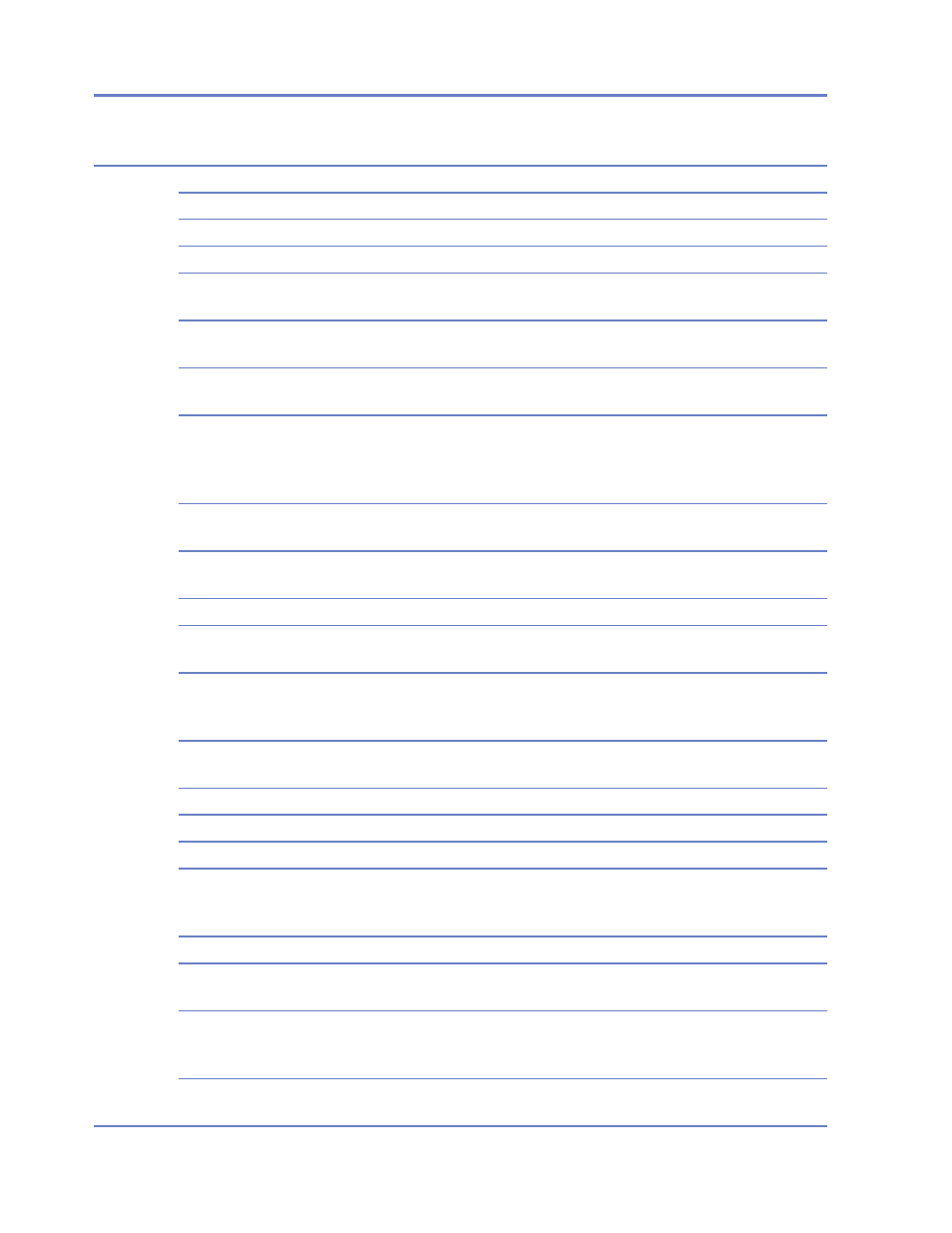Retrotec USACE User Manual
Page 97

Energy Assessment Procedure 75
TABLE 2. CAUSES OF ENERGY WASTE AND INEFFICIENCY IN HVAC SYSTEMS.
Problem description
Waste/ineffi ciency
Reference/appendix
Ventilation
Use of excessive dampers to achieve air balance
Waste
D2.1.1
Loose fan belts in ventilation systems
Ineffi ciency
D2.1.2
Ventilation equipment operating when not needed
Waste
D2.1.3
Use of conditioned air for hood make-up air
Waste
D2.1.4
Air movement greater than 0.51 m/sec (100 fpm)
near exhaust hoods
Waste
D2.1.5
Hot air warmer than 93.3 °C (200 °F) being exhaust-
ed outside in ventilation systems
Waste
D2.1.6.
Process ventilation systems that operate continu-
ously with the process turned off.
Waste
D2.1.7
Central exhaust ventilation system connected to multi-
ple hoods operate at a constant airfl ow with a diverse
manufacturing process: contaminant emission occurs
at less than 75% working places simultaneously
Waste
D2.1.8
Use of motors more than 2.271 kW (3 hp) that are
less than 85% effi cient in ventilation systems
Ineffi ciency
D2.1.9
Use of dilution ventilation in processes that could
use a hood to capture the contaminants
Ineffi ciency
D2.1.10
Use of canopy hoods to control process emissions
Ineffi ciency
D2.1.11
Using single side exhaust hood on plating tanks 4 ft
wide or wider
Ineffi ciency
D7.2.4
Poor exhaust hood design for catering facilities re-
sults in heat, grease, and smoke/vapor spillage or in
increased exhaust and makeup airfl ow rates.
Ineffi ciency
D7.10.9
Turning (lathe), drilling, milling and grinding machines
do not have local exhausts or process enclosures
Ineffi ciency
D7.3.1
Using continuous operating welding exhaust
Waste
D7.2.1
Using stationary welding hoods
Ineffi ciency
D7.4.2
Running foundry exhaust systems when not required
Waste
D7.7.1
Poor exhaust hood design results in heat, grease,
and smoke/vapor spillage or in increased exhaust
and make-up airfl ow rates.
Ineffi ciency
D7.10.9
Single island canopy hood over kitchen equipment
Ineffi ciency
D7.10.10
Supply air jet disturbs airfl ow around the kitchen
hood results in heat, grease, and smoke/vapor spillage
Ineffi ciency
D7.10.11
Ineffi cient positioning of appliances at the wall re-
sults in heat, grease, and smoke/vapor spillage or
increase exhaust and make-up airfl ow rates
Ineffi ciency
D7.10.12
Separate ventilation systems for a dining room and a
kitchen.
ineffi ciency
D 7.10.15
